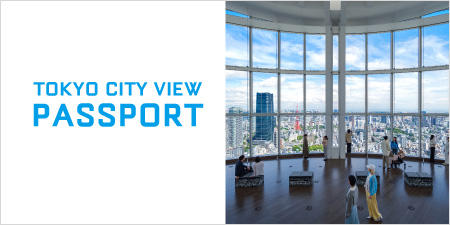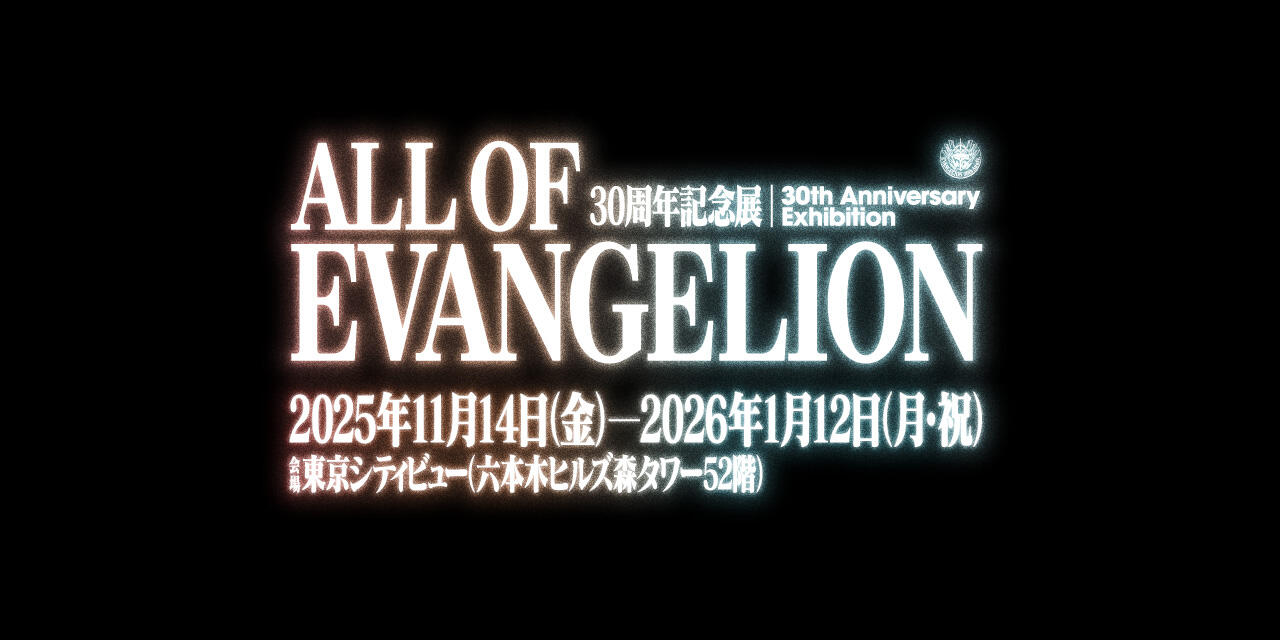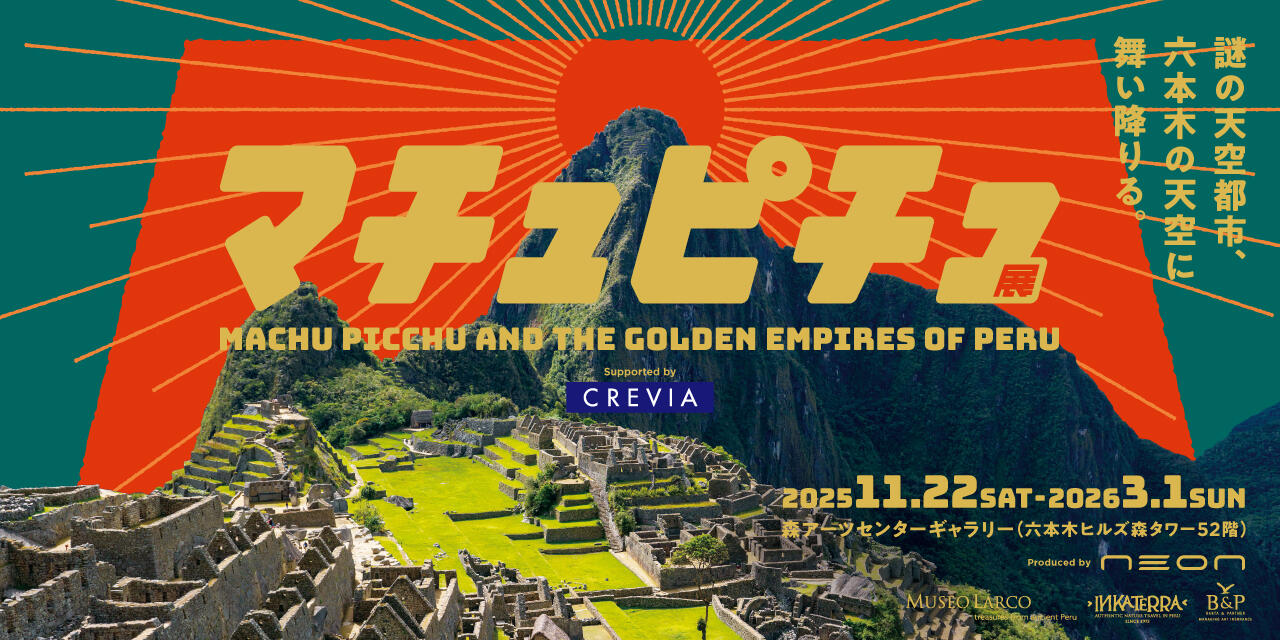- NACT Exhibited at The National Art Center, Tokyo
- MAM Exhibited at Mori Art Museum
Fluid World
NACT
Throughout the history of time, maps have been the medium into which countless politico-economic values and variances were weaved. Indeed, maps drawn by the artists do not simply represent the region’s geographical characteristics - they, instead, expose its complex histories and spatio-temporalities. This section examines the overlapping cartography of this space known as Southeast Asia through multi-tiered maps that look at land and its significance, maps of migration that stir up one’s memory of physical movement of people, and imaginary maps that seek a world and society of the ideal.

Fluid World (from the series “Orang Besar”)
2010
Direct digital Mimaki inkjet print, acid dye, batik crackle Japanese indigo dye, 100% silk twill
140.5 x 298 cm
Courtesy: Silverlens Galleries, Makati, The Philippines
Passion and Revolution
NACT
From the 1940s following the end of WWII well into the 1980s, many Southeast Asian countries underwent a long transition from colonial rule to independence. It was during this time that struggle for independence, the Indochina Wars, the Vietnam War, the Cambodian Civil War, and other conflicts erupted. In some countries, this was also a time of continual suppression and censorship of artistic expression. It was in such an environment that many artists stepped forward to demand democracy, freedom of expression, and freedom of speech. This section introduces artworks by artists who lived through such a tumultuous time.

Biology of Art (from the series “00235”)
1999
Mixed media on cotton shirt
53 x 53 cm
Courtesy: Martin LeSanto-Smith
Archiving
NACT
With recent IT advancements, information, previously hard or sometimes nearly impossible to find, has become readily accessible. Based on the findings from such access, efforts to archive materials are now underway. While many documents accumulated in all parts of the region are open to the public in Southeast Asia, more artists are using these documents themselves as materials for their artworks. This section presents a number of examples, among them Koh Nguang How’s Singapore Art Archive Project (2007), an undertaking that offers a comprehensive view of the activities of Singapore’s The Artists Village (TAV).

Shui Tit Sing - 100 Years of an Artist through His Archives
2014
Ephemera, original works at NTU CCA Residencies Studio, Signapore Dimension variable
Collection: Shui Tit Sing and Singapore Art Archive Project
Photo: Koh Nguang How
Diverse Identities
NACT
Entering the age of postcolonialism and the dawn of independence and democracy, people began to question the various "identities" that make up who they are - specifically, their identities as a new nationstate, as members of a particular ethnic group, and also as individuals. When the Cold War structure collapsed in 1989, this difficult question was shared worldwide for those in search of new value systems to replace previous ideologies. Many of the contemporary artworks produced during this time attempted to examine the question of identity from these levels, a question which indeed remains as an extremely complex issue to this day.

Strange Fruit
2003
C-print
42 x 59.4 cm (each, set of 12)
Collection of the artist

AMNESIA
2016
Performance and Installation
Sewing machine, cotton, chalk, wood
Dimensions variable
Performance duration: 5 hours
Performance view: Ark Galerie, Yogyakarta, Indonesia, 2016
Day by Day
NACT
Beginning in the 1990s, many artists began to turn their attention to the daily life and the everyday. With globalization and multiculturalism storming throughout the world, discoveries of cultural, social, and historical contexts within the everyday scenes, and the translation of those contexts into art attracted people’s attention as a form of expression for the new generation. Memories with one’s families, daily meals and leisure times, and everyday activities carried out on the streets were all incorporated into the context of contemporary art through such media as paintings, photographs, videos, and installations. Simultaneously, these new generation artists have garnered attention at international exhibitions that rapidly expanded to all corners of the globe, and Southeast Asian artists thereby found more opportunities to make their presence felt on the global stage.

Golden Ghost (Reality Called, So I Woke Up)
2014
Gold necklaces, industorial threadwaste, neon work, mirrors, photographs, et al. Dimension variable
Performance view: Taipei Biennial 2014
©2017 Surasi Kusolwong
Growth and Loss
MAM
With a total population of over 600 million, ASEAN’s presence in the international community is expected to only accelerate, also attracting attention from overseas investors as a vast emerging market due to the advent of free trade. Although growth rates vary depending on the country, high economic growth and the developments that accompany it throughout the region are rapidly transforming the urban landscapes and bringing dramatic changes to people’s lives. At the same time, there are concerns about resulting social disparities and the loss of traditional cultures. As artists frequently look at such changes with a critical eye, this section closes in on the driving forces and issues generated by growth and development.

Words and Possible Movement
2013
Motorbikes without machine, fabric flags
Dimensions variable
Collection: Mori Art Museum, Tokyo
What Is Art? Why Do It?
MAM
In Southeast Asia, as public art museums and other institutions for contemporary art are still in the process of formation, the purpose of creative activities is not always limited to the success within such institutions. Instead, there is a noticeable amount of young artists who question and investigate the role of art to resolve the many challenges communities face such as environmental issues and the scattering of local societies to name a few. Socially-engaged art practices that intervene in communities and demand the participation of the general public and practices as collectives are a couple of traits that characterize Southeast Asia today, much more so than Japan.

Village Art School
2015-
Medium as Meditation
MAM
Southeast Asia is home to a diverse mix of ethnic groups, languages, cultures, and religions that coexist side by side. Even in this age of rapid growth and development, annual events/functions and religious rituals passed down over the generations continue to be an important part of Southeast Asia’s daily life, directly linked to their interests in not only the world of the living but also the afterworld and the supernatural. This section presents artists who frequently use traditional artistic techniques and concepts, ranging from ancient nature worship to specific religions, to create artworks depicting the broader worlds of mysticism and spirituality.

Painting with history in a room filled with people with funny names 3
2015
Video
24 min. 55 sec.
Courtesy: Carlos/Ishikawa, London; C L E A R I N G, New York/Brussels; BANGKOK CITYCITY GALLERY, Bangkok
Dialogue with History
MAM
Among the new generations of artists in Southeast Asia, there are those who are trying to revisit the region’s repetitious histories of political, economic, and social change - particularly its histories of war and repression - and to integrate its memories as one’s own. At the same time, there are also those who seek to pass on the legacies and contributions to contemporary art by artists of past generations to the present. This section of the exhibition showcases artworks that revisit the past and engage in cross-generational dialogues in an attempt to situate contemporary society and art within a much larger narrative of history.

Study drawing for anOther story
2017












